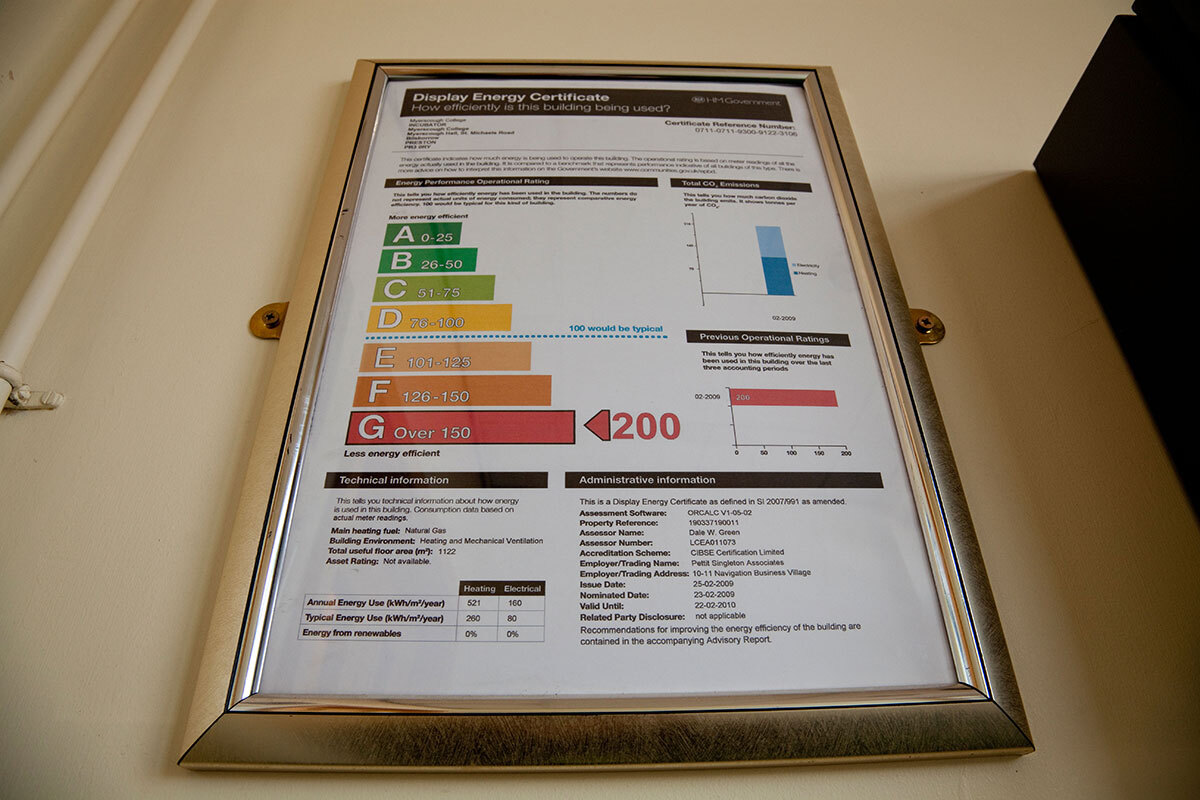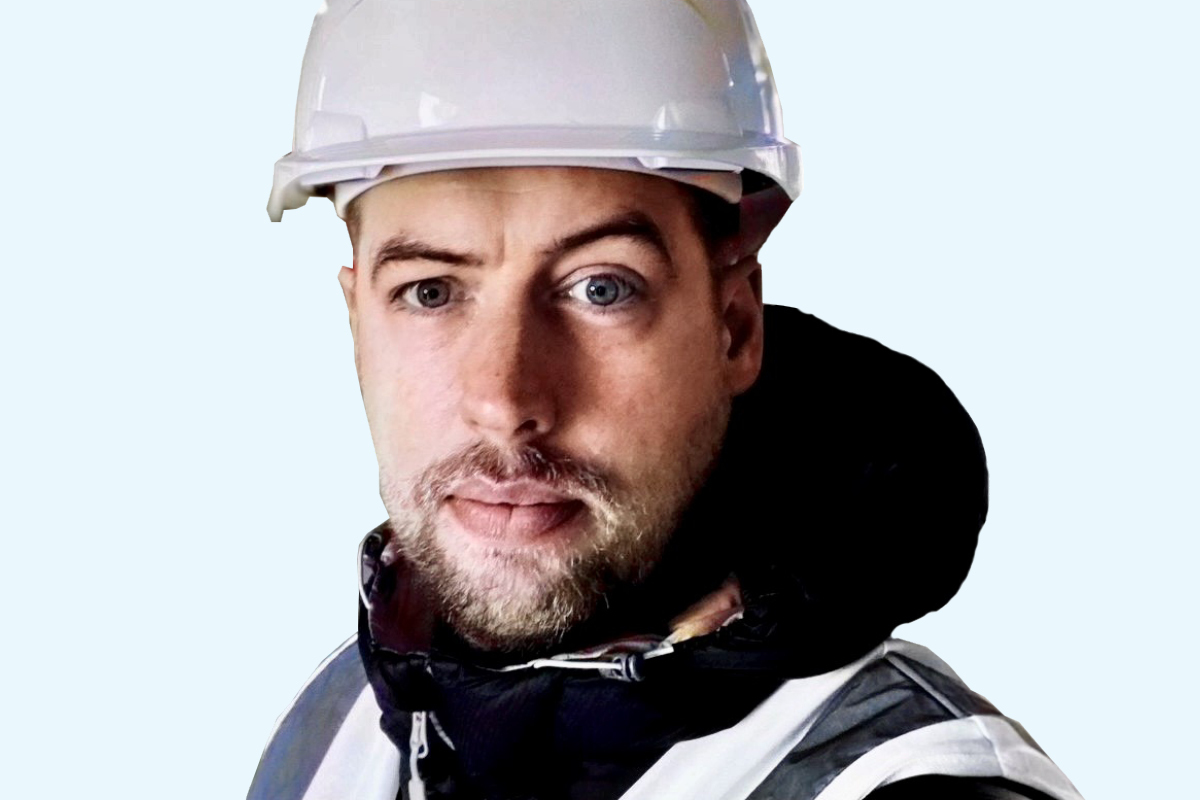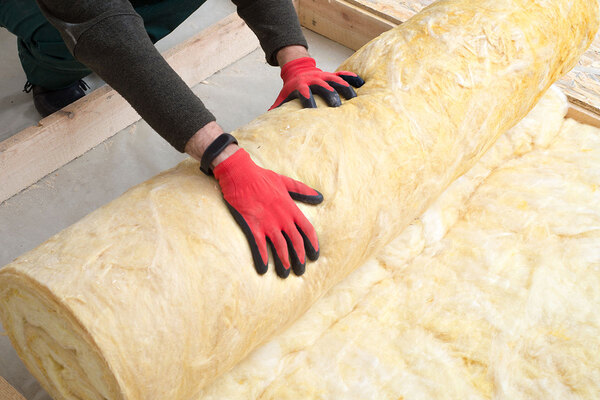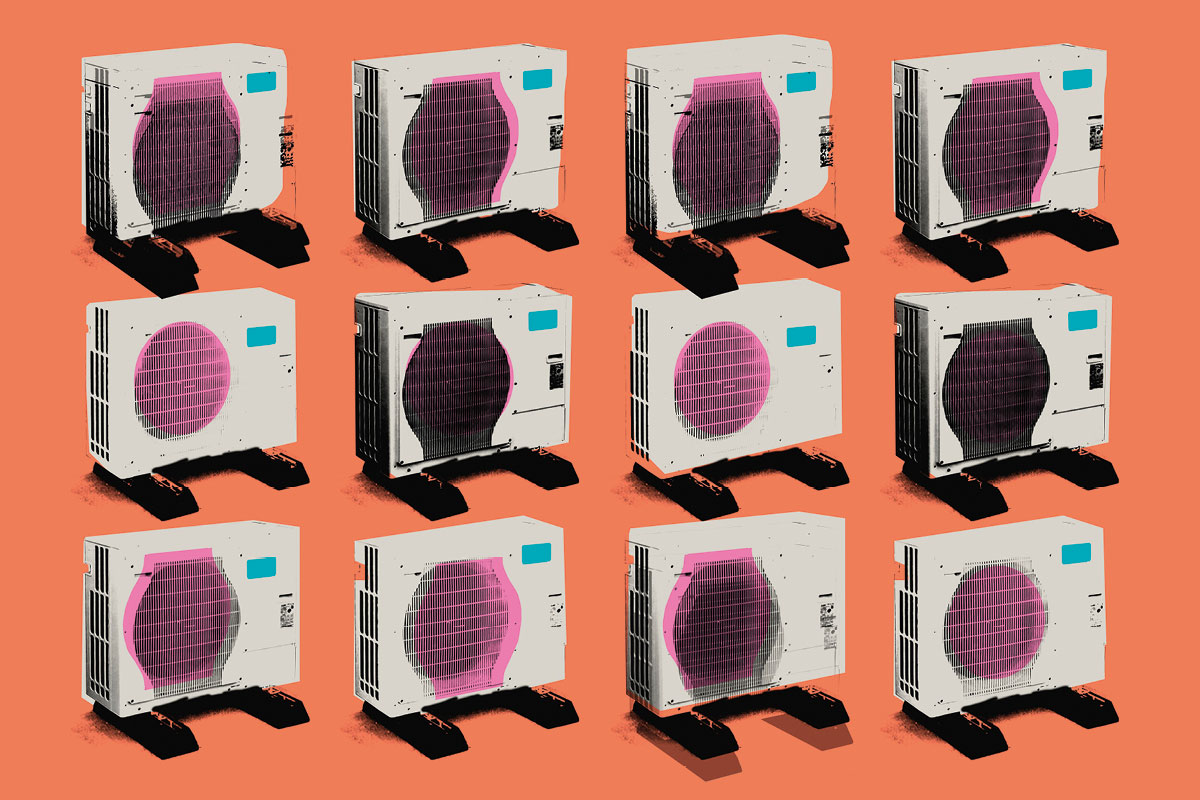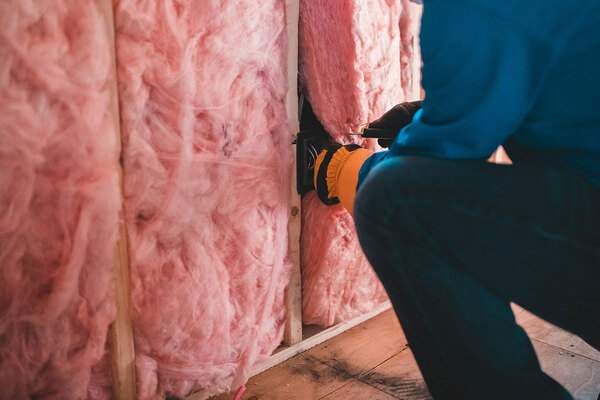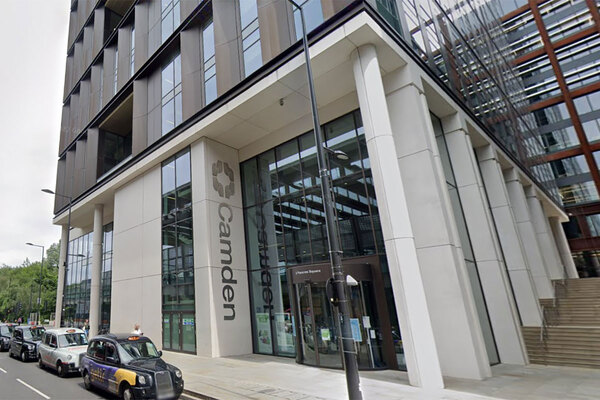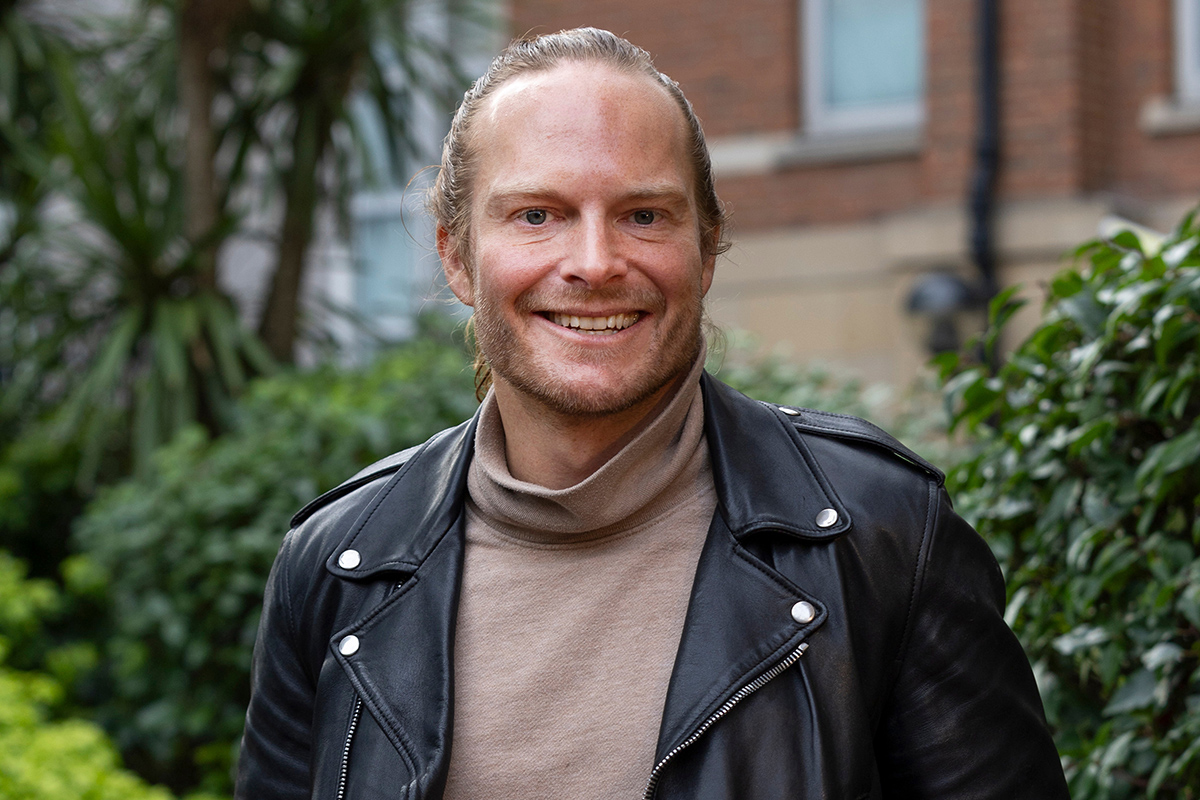How can social landlords make older housing stock more energy efficient?
Older housing stock needs to become more energy efficient in order to hit government decarbonisation targets. So how should social landlords approach the work? Glenn Allan from Capita explains

In association with:

Decarbonisation is a huge challenge for social landlords. As the government steps up its push for net zero, registered providers are faced with the prospect of having to get all their properties up to Energy Performance Certificate Band C by 2030. Alongside building safety and developing new homes, it is the issue that continues to weigh heavily on the minds of executives across the sector.
But how do social landlords approach the job of retrofitting their existing older stock to make homes more energy efficient? With many faced with properties of varying ages, there are crucial investment decisions to be made in the next few years – all while increasingly precarious balance sheets are having to be managed.
The government has promised a £3.8bn Social Housing Decarbonisation Fund over the next 10 years, but so far this is only being drip-fed in instalments.
Here, Glenn Allan, head of product at technology and services business Capita, assesses the situation for landlords.
How are landlords approaching the issue of retrofitting properties to make them more energy efficient?
A surprising number of landlords are tending to just sit back and wait to see what a few leading organisations are doing before they take the plunge, but with the way energy costs have increased recently and are predicted to go up again in the autumn, it is more important than ever that they get moving on it now.
A lot of landlords seem to be talking about it, but haven’t really moved forward on the journey. They know they’ve got to do it, but there are so many other challenges going on at the moment. For example, there’s still a huge backlog of repairs from COVID-19. So there is pressure on landlords to address those issues first.
But with retrofitting there are the supply chain issues, due to Brexit, COVID-19 and the war in Ukraine. There are a lot of outside influences that are preventing landlords from starting retrofit jobs. Nevertheless, there is a reluctance from some landlords to get moving on it.
What should landlords be looking to do initially?
The challenge is for landlords to target where they should start. They should try to identify where the ‘quick wins’ are and use data to think about it. You can’t just take a house that was built in 1930 and shove a heat pump in it and expect it to make a difference – it’s not going to make it more energy efficient, just heat it in a different way, and if the property is not well insulated, the heat will escape the same as before. You have to look at the whole house and consider insulation to make the place thermally efficient – that’s the key.
Whereas when landlords are looking at properties that were built only a few years ago, the insulation will already be in place and comply with the latest standards, so switching the heating source will be easier to achieve.
For Capita, we want to help landlords in these initial stages to evaluate housing stock to build a strategy and maximise their funding.
Where do you see that landlords can make ‘quick wins’?
Loft insulation is a quick win because it’s easy to get grants, it’s easy to install within a day so means little disruption for the occupants… and it will make a noticeable change to the thermal efficiency of the home.
After that, I’d recommend evaluating whether insulation needs to be added to the outside walls. Glazing, low-energy lighting and using intelligent heating controls that can heat individual rooms and know when people aren’t in the property so will switch off can also help a home be more energy efficient.
Another point to consider is adequate ventilation. This is particularly vital when looking at new builds where the builder has gone all out with insulation because it effectively seals the property to keep heat in, then when residents dry their wet clothes in warm rooms – such as on the radiator – it creates moisture that doesn’t escape, so there is damp and mould, which is another problem. So the building has to have good ventilation to keep it in good condition when occupied – it’s not just about the materials of retrofitting, but also changing living habits.
In the UK, we talk a lot about heating and insulating but not cooling. Recently we’ve had hot weather with record temperatures. Do you see this coming onto the retrofit agenda in the coming years?
There has been an increased appetite for cooling properties – such as using inverter pumps that will cool and heat. It’s just as expensive to cool a property as it is to heat it, so as the weather in this country goes to extremes, there are other methods of cooling that can be looked at, such as increasing ventilation and movement of air, or using reflective glass in the windows to bounce the sun away. Even thinking about the colour of finish that’s used on the outside of a house will help. These are all details, but when used together can make a difference.
How can data play a role in retrofitting?
Asset details can be stored so you can have an overview of a property’s components. That’s then used to generate the energy performance data from within our system. That data can be put into a scenario planner, which will actually model how the benefits might look for changing certain aspects of a building. All that modelling can be done well in advance of completing any work. The data can also help you manage the
supply chain and the workforce involved in it.
Do you think landlords understand how much data can play a part in helping with retrofit projects?
It’s getting better, certainly. When I first started at Capita in 2011, we would demonstrate data and analytics. People would say ‘that’s brilliant’ but not be interested as they knew it meant time analysing the data. But larger organisations that introduced their own business intelligence teams, who took the data to produce reports and look for trends to proactively identify issues, are reaping the rewards now because they’ve got 10 years
of knowledge.
They’ve got asset management data and Internet of Things data, so they can look at what the consumption of a property is and make changes in the appropriate areas. They are profiting not just in financial terms, but also in what they’re providing to their tenants. Other landlords are starting to go down that path but it will take a few years before they see the benefit.
Is there a lot of data that landlords already have that they can tap into?
Yes, particularly if you’ve got an integrated housing management system. If that’s been running for five, 10, or 15 years, there’s a whole bunch of stuff in there you can use to profile your properties.
There might need to be some data cleansing that goes on, but you can look at patterns and trends. And you can get further data by speaking to residents to find out what they’re spending and utilisation patterns if they don’t have a smart meter.
You could also have a look at modifications that were made 20 or 30 years ago that are having an impact on energy efficiency.
